When you picture Italy, you probably imagine bowls of steaming pasta, lively piazzas, and the kind of food memories that stick long after the trip ends. For me, one of the most unforgettable ways to experience an Italian culinary journey wasn’t in a restaurant at all — it was at someone’s dining table, thanks to Cesarine, Italy’s network of home cooks who welcome travelers into their kitchens.
What Is a Cesarine Experience?
Cesarine connects travelers with local hosts across Italy who open their homes for cooking classes, shared meals, and food tours. Think of it as Italy’s oldest community of “home restaurants” — a way to step behind the curtain of trattorias and taste authentic family recipes passed down for generations.
Founded in 2004 by Professor Egeria di Nallo from the University of Bologna, the movement set out to preserve regional traditions at a time when globalization threatened to homogenize food culture. Today, Cesarine spans 450+ Italian cities, from big names like Rome, Florence, and Venice to smaller gems like Parma, Lecce, and Bologna.



My Evening in Rome: Artful Italian
In Rome, I met Ofelia Sisca, my host, at a luxurious apartment in the Trastevere neighborhood. As soon as we walked in, Ofelia and her partner made us feel like we were visiting old friends. As both of them worked in art and design, their apartment was beautifully decorated with their collection of paintings and art pieces.
Back in her kitchen, Ofelia rolled out plates of food. We started with deep fried potate croquettes with lemon zest and mint; fried mozzarella with zucchini and fresh peas sauce; delicate vegetable consommé with rice balls; homemade tonnarelli cacao e pepe pasta; as well as homemade semifreddo, merengue, and chiacchiere di carnevale (funnel cakes). Ofelia told us that she enjoyed cooking dishes she learned from her grandmother in Calabria, and adding her own twist to them. She had been compiling her recipes in a beautiful cookbook that she hopes to publish soon. When I asked her about her experience with Cesarine, she said she had hosted over 500 dinners and now had friends practically everywhere in the world!
We were so stuffed by Ofelia’s amazing food, but more so with her interesting conversations. Visiting a local home in Rome and seeing how people live, work and eat gave me such a unique perspective that most tourists don’t ever get to have.
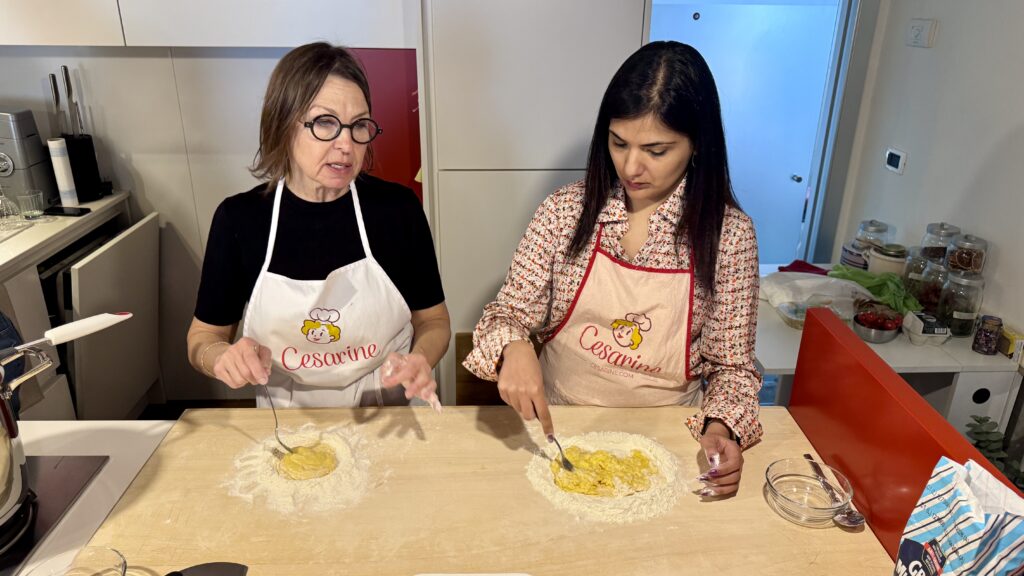
Venice: Pasta, Laughter, and Stories
In Venice, the experience was just as magical but entirely different. My Cesarine host, Giulia Raccanelli and her husband Massimo picked us up from our hotel. Together, we walked through the narrow streets of Venice, a city she had grown up and lived in most of her life. She pointed to Campo Santa Margherita Area, a local market off the beaten path where she often does tours. We stopped at floating markets where street vendors sold all kinds of artichokes right from their gondolas. Giulia picked out a few kinds, which the vendors peeled, chopped and packed in minutes. Then we went to a cheese shop and bakery to purchase fritteli (traditional Carnival cookies). We carried our groceries to their family-owned apartment overlooking a narrow canal.
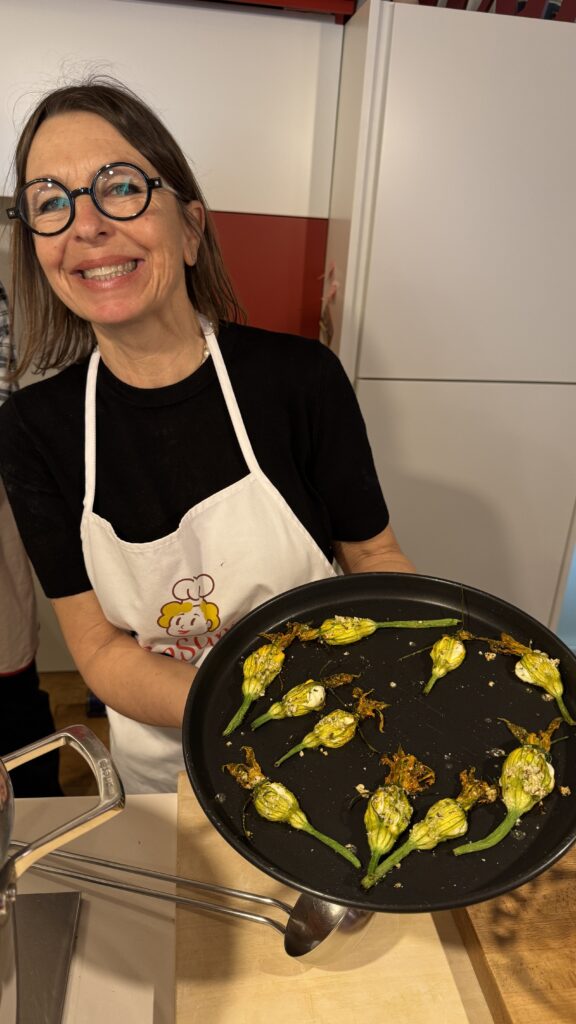
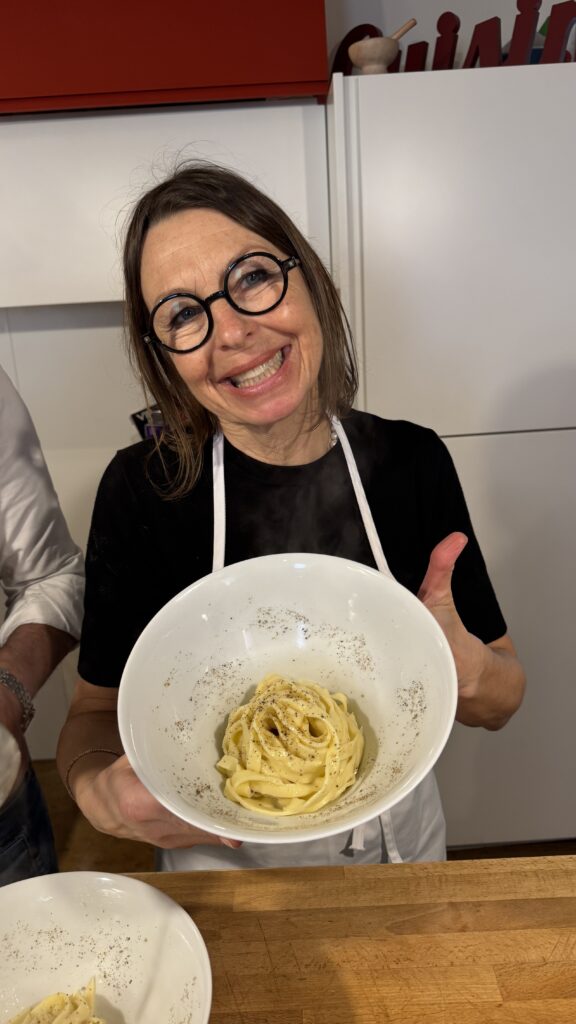
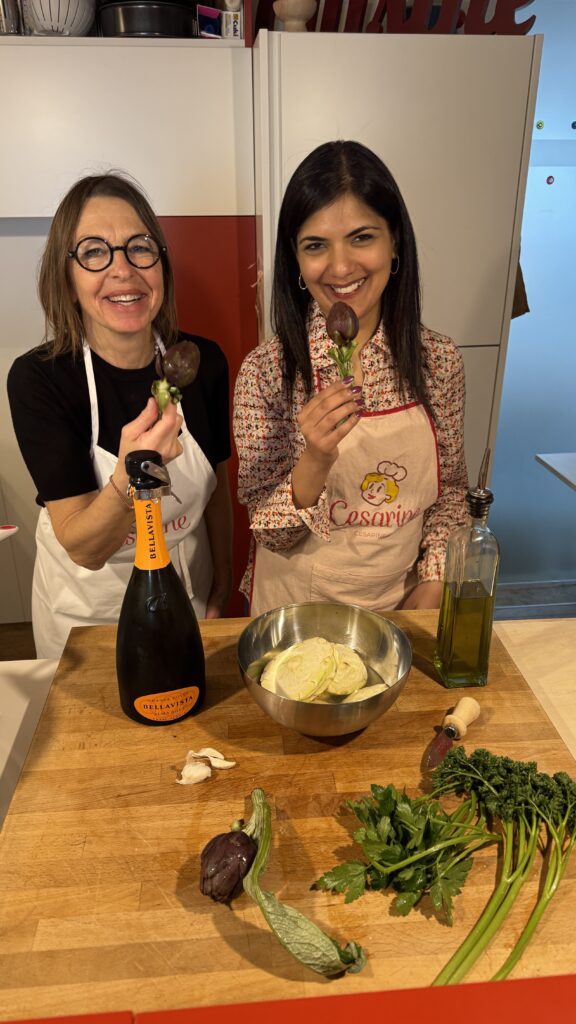
Over the next several hours, we drank glasses of aperitifs, cooked and ate, laughed and joked. We munched on fresh bread with olive oil, stuffed pies and cookies. Giulia taught us how to make pasta from scratch, served with cacao e pepe sauce so divine. We removed buds of fresh zucchini flowers, stuffed them with ricotta, tied them with chives, and baked them in the oven. The purple artichokes, we marinated with olive oil, parsley, salt and garlic, and pan fried them on the stove top. And we made small cups of tiramisu that were ready to eat in just a few hours. Between stirring pots, Giulia explained how she joined Cesarine to practice her English, meet new people, and to share her passion for cooking.
When the church bells rang in the distance and the gondolas glided past, I realized this wasn’t just a cooking class — it was a masterclass in Venetian life.
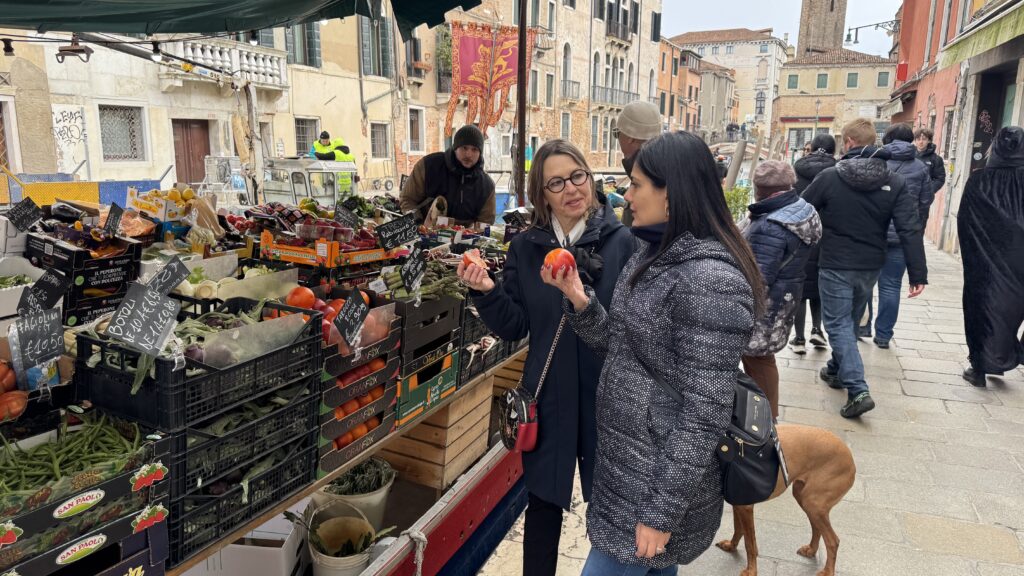
Where Else Can You Experience Cesarine?
Beyond Rome and Venice, Cesarine hosts are found in:
- Florence & Tuscany – truffle hunts, olive oil tastings, handmade pasta in rustic farmhouses.
- Bologna – the land of ragù and tortellini, where you’ll learn the “real” Bolognese.
- Naples & Amalfi Coast – pizza-making straight from wood-fired ovens, limoncello from backyard lemons.
- Milan – aperitivo traditions and risotto alla Milanese.
- Lecce, Parma, Verona, Turin, Palermo – each city offering its own fiercely guarded specialties.
Some experiences are market-to-table, others are purely cooking-focused, while some are sit-down meals where the host does the cooking and you simply enjoy the hospitality.
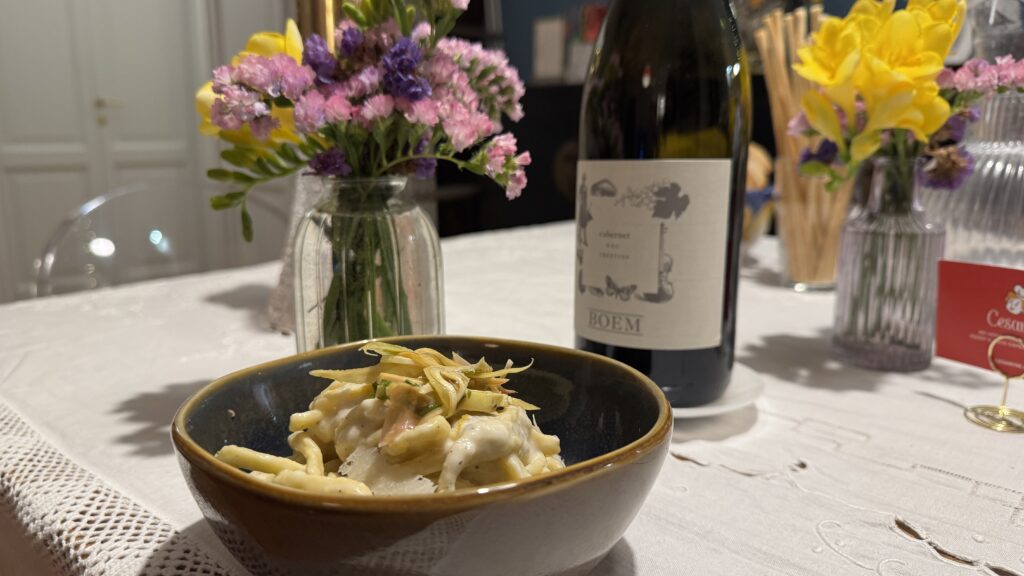
Why Cesarine Matters
Beyond the delicious food, Cesarine has created sustainable income for local families, especially women and retirees who hold deep culinary knowledge but may not work in the formal hospitality industry. It keeps alive recipes and traditions that might otherwise vanish, while fostering cultural exchange between Italians and travelers.
For me, it solved something I’d felt in Italy before: that eating in restaurants, while wonderful, can sometimes feel like you’re just scratching the surface. Sitting at someone’s table, clinking glasses, hearing their stories — that’s the Italy I’ll remember.
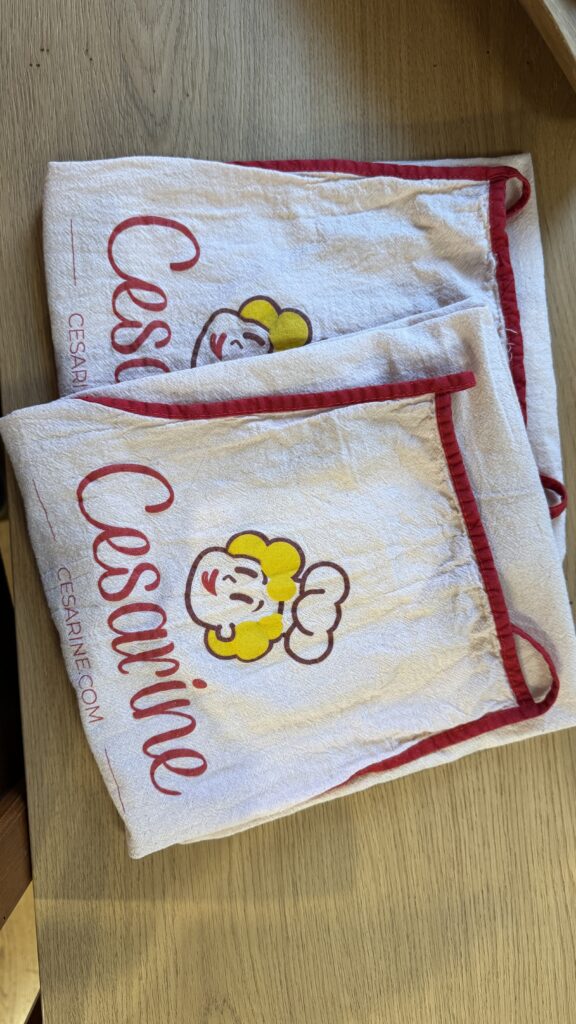
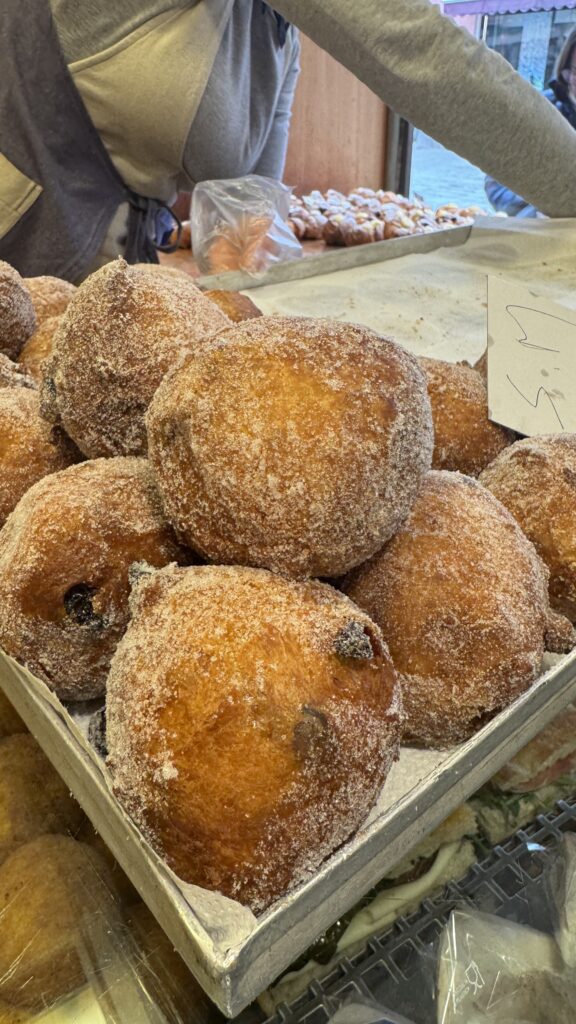
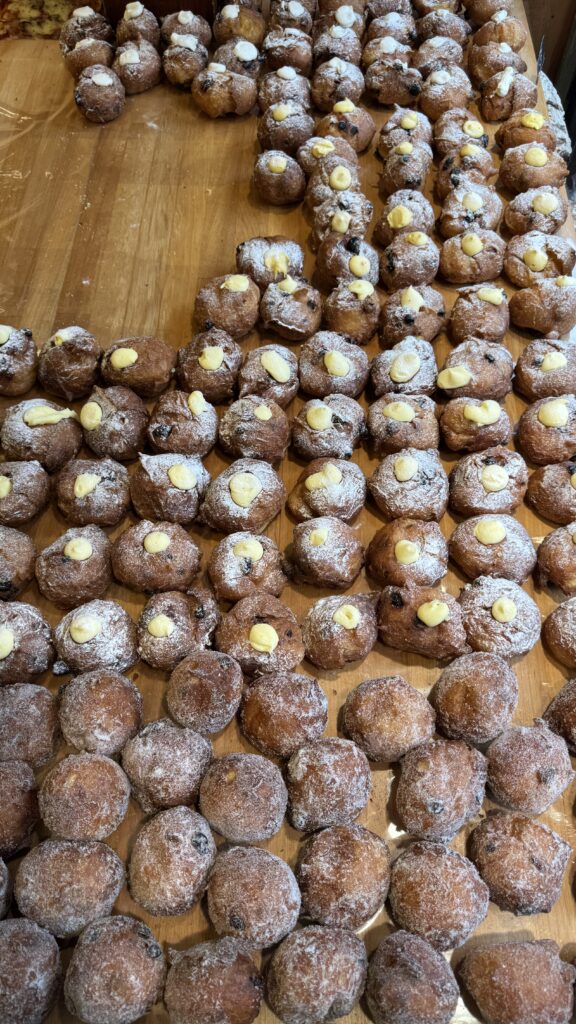
Final Thoughts
Traveling in Italy is always about food, but with Cesarine, it becomes about connection. Whether it’s kneading pasta dough at an apartment in Venice, toasting to a glass of prosecco in Rome, or tasting tortellini in Bologna, the memories go far beyond the plate.
If you want to eat like a local, you have to sit at the locals’ tables.